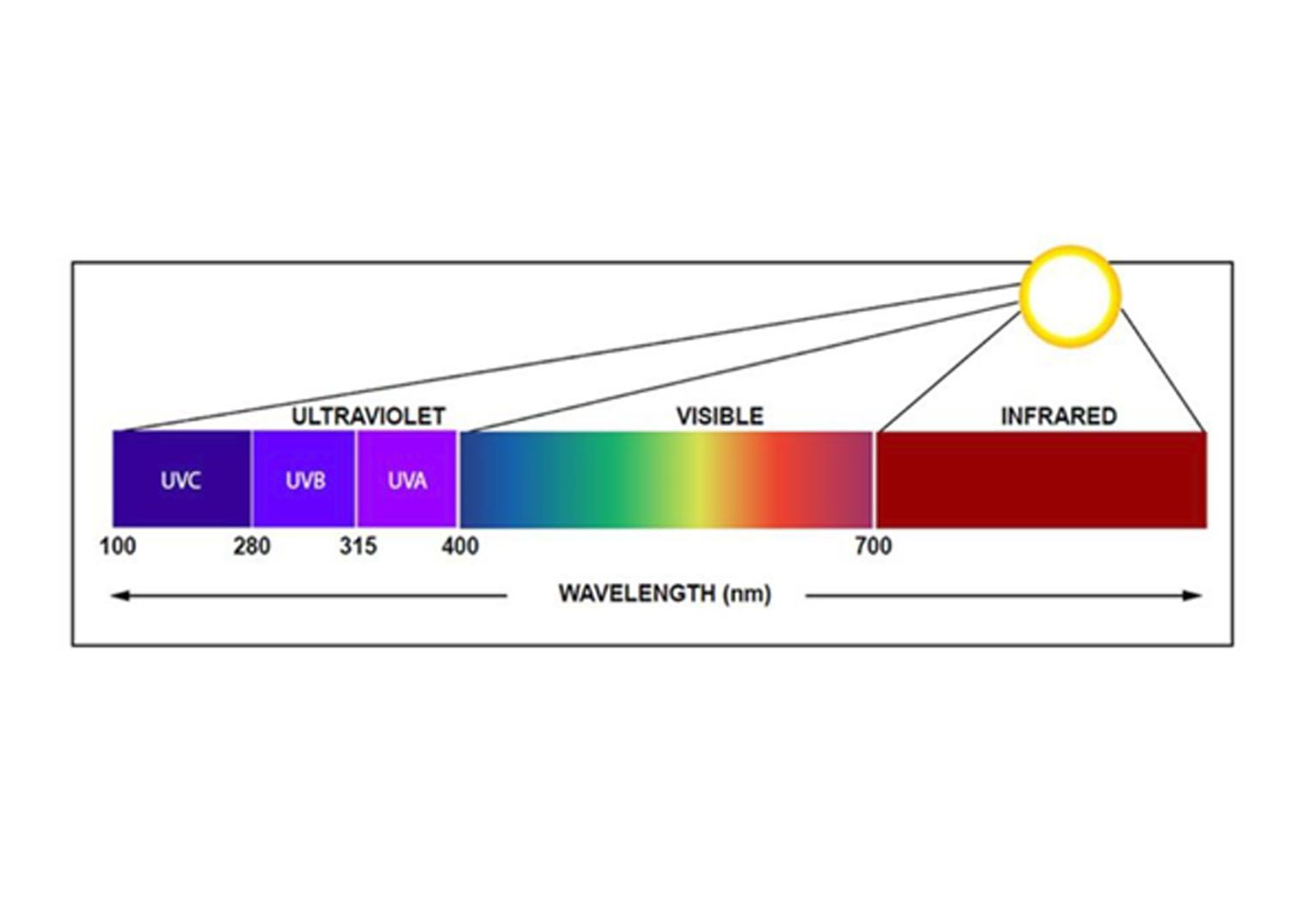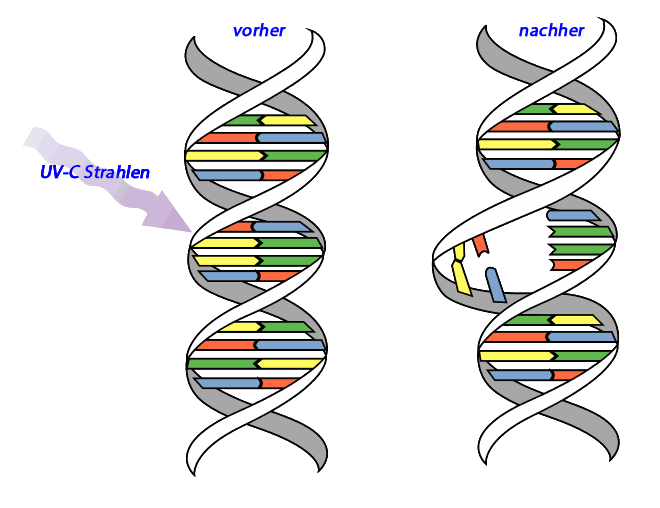Your Swiss specialist for UV-C disinfection
WITH OVER 18 YEARS OF EXPERIENCE A COMPETENT PARTNERFOR YOUR LABORATORY TECHNOLOGY
WHAT ARE UV RAYS?
Light in a broader sense can be divided into visible, infrared and ultraviolet radiation. Ultraviolet radiation (invisible) can be classified into:
- UV - A (with tanning properties)
- UV - B (with therapeutic properties)
- UV - C (germicidal properties)
-
UV - VUV (ozone formation < 185nm)
The germicidal effect of UV-C radiation destroys the DNA of bacteria, viruses, spores, fungi, molds and mites and prevents their growth and reproduction.
UV-C technology is a physical disinfection method with a high cost-benefit ratio, it is ecological and, unlike chemicals, it is effective against all microorganisms without producing resistance.
Especially the UV-C rays have a strong germicidal effect. The greatest efficiency occurs at a wavelength of 253.7 nm. UV-C light is therefore used to specifically damage or kill microorganisms (such as bacteria/viruses, yeasts and molds).
The UV rays are also contained in sunlight, for example, and were already used in ancient times for their germicidal effect. The germicidal effect of UV-C radiation extends from bacteria and viruses to spores, fungi, mold and mites.
Due to the destructive effect of UV-C radiation, which cleaves DNA/RNA, cell proliferation and survival is blocked.
UV-C RADIATION DISRUPTS THE BOND IN THE DNA/RNA
Ultraviolet radiation is used to treat water, air and surfaces. Due to the extraordinary speed of the reactions - Mikroben are inactivated in fractions of a second if the dose is sufficient - UV-C lamps are used not only to disinfect surfaces, but also to disinfect water, air, or even air streams carried in air-conditioning ducts.

Even before the development of Laminar-Strömungs- systems for Reinräume waren in Krankenhäusern im Dauerbetrieb arbeitende Ultraviolettstrahler üblich, um die Keimzahl gering zu halten. The growing Antibiotika-Resistenz of hospital-specific germs is leading to the return of the old UV-C disinfection method, since UV-C disinfection cannot form mutation-related resistances ; in contrast to the chemical disinfectants.